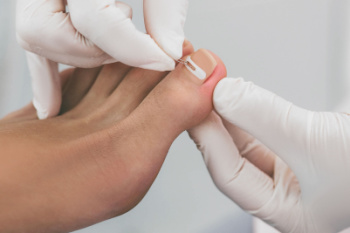Ingrown toenails occur when the edge of a toenail grows into the surrounding skin, causing discomfort, swelling, and potential infection. This condition most commonly affects the big toe and can result from improper nail trimming, tight footwear, or injury to the toe. Understanding how to manage ingrown toenail pain can help reduce discomfort and prevent complications.
Exploring Home Care Methods
Several at-home approaches can help alleviate discomfort from ingrown toenails and promote healing. Soaking the affected foot in warm water for 15-20 minutes, three to four times daily, can reduce swelling and soften the skin around the ingrown nail. Adding Epsom salt to the warm water may provide additional relief by reducing inflammation.
After soaking, gently dry the area and apply a topical antibiotic ointment to prevent bacterial infection. Cover the toe with a clean bandage to protect it from further irritation. Change the bandage daily and reapply the antibiotic ointment as needed. Placing a small piece of cotton or dental floss under the ingrown edge of the nail can help lift it away from the skin. This technique should be performed gently to avoid pushing the nail deeper into the skin.
Understanding Prevention Strategies
Footwear choices play a significant role in both treating and preventing ingrown toenails. Wearing shoes with adequate toe room allows the toes to move freely without pressure on the nail edges. Avoid pointed-toe shoes or footwear that compresses the toes together.
Open-toe shoes or sandals can provide relief during the healing process by eliminating pressure on the affected toe. If closed-toe shoes are necessary, select styles with wide toe boxes and soft materials that won’t rub against the ingrown area. Proper toenail trimming technique helps prevent future ingrown nails. Cut toenails straight across rather than in a curved shape, leaving the nails slightly longer than the tip of the toe.
Knowing When to Seek Help
Professional medical attention becomes necessary when certain symptoms develop or when home treatment fails to provide relief. Signs that warrant medical evaluation include persistent severe pain, pus drainage, red streaking extending from the toe, or fever. Individuals with diabetes, peripheral vascular disease, or compromised immune systems should seek medical care promptly. These conditions increase the risk of infection and can complicate healing.
If home treatment methods have not provided improvement within three to five days, or if symptoms worsen despite proper care, medical intervention may be needed. A healthcare provider can assess the severity of the condition and recommend appropriate treatment options. Medical treatment may involve partial nail removal, prescription antibiotics for infection, or other procedures to prevent recurrence. These interventions can provide faster relief and reduce the risk of complications compared to continued home treatment alone.
Get Treatment for Ingrown Toenails
Dealing with ingrown toenail pain requires a combination of proper home care, selecting suitable footwear, and recognizing when professional medical attention is necessary. Warm water soaks, antibiotic ointment, and pain medication can provide relief for mild cases. Wearing properly fitted shoes and trimming nails correctly helps prevent future occurrences. Seek medical attention if symptoms worsen, signs of infection develop, or if you have underlying health conditions that affect healing. Early intervention can prevent complications and provide more effective treatment outcomes.





